Wild Turnip
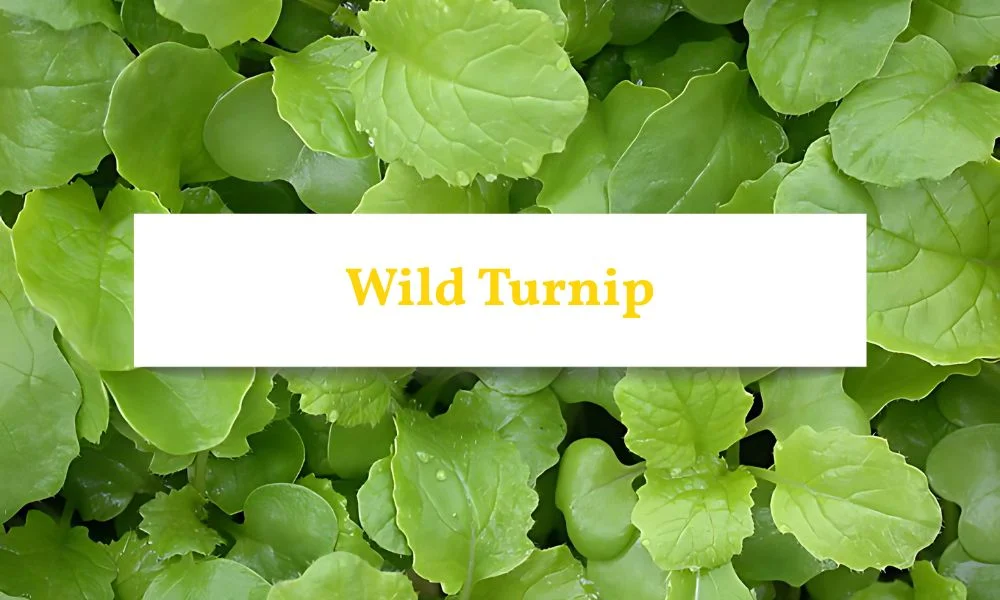
What Is Wild Turnip?
Wild turnip (Brassica tournefortii or Brassica rapa ssp. sylvestris) is a tough, fast-growing weed that appears in crops, pastures, and even along roadsides. You can easily spot it by its bright yellow flowers and a rosette of bristly leaves close to the ground. As it grows, it sends up tall stems that branch out and bloom. While wild turnip belongs to the same family as cabbages and turnips, it behaves differently. Unlike these crops, it quickly goes to seed and can take over fields if not controlled.
Wild Turnip Characteristics
Bright Yellow Flowers
First, wild turnip is easy to spot because of its small, bright yellow flowers, which look a lot like those of other brassica plants.
Rosette of Bristly Leaves
Early on, it forms a low rosette of rough, hairy leaves that sit close to the ground.
Tall, Branching Stems
As it grows, the plant sends up tall stems that branch out and carry more flowers.
Fast Seed Production
Then, it quickly produces seeds, allowing it to spread fast and take over if not managed.
Strong Taproot
Lastly, it has a thick taproot that makes it hard to pull out, especially once it’s fully grown.
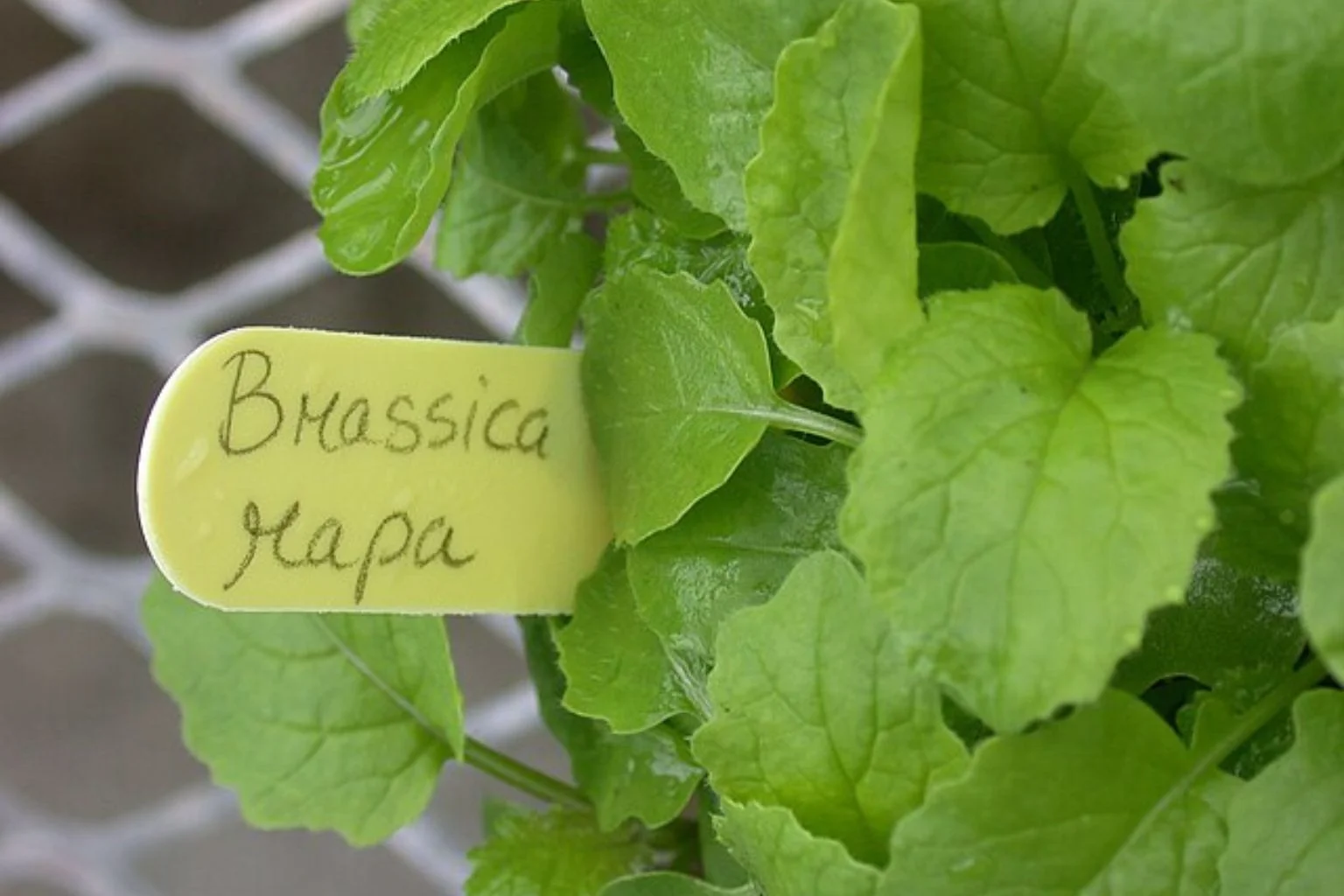
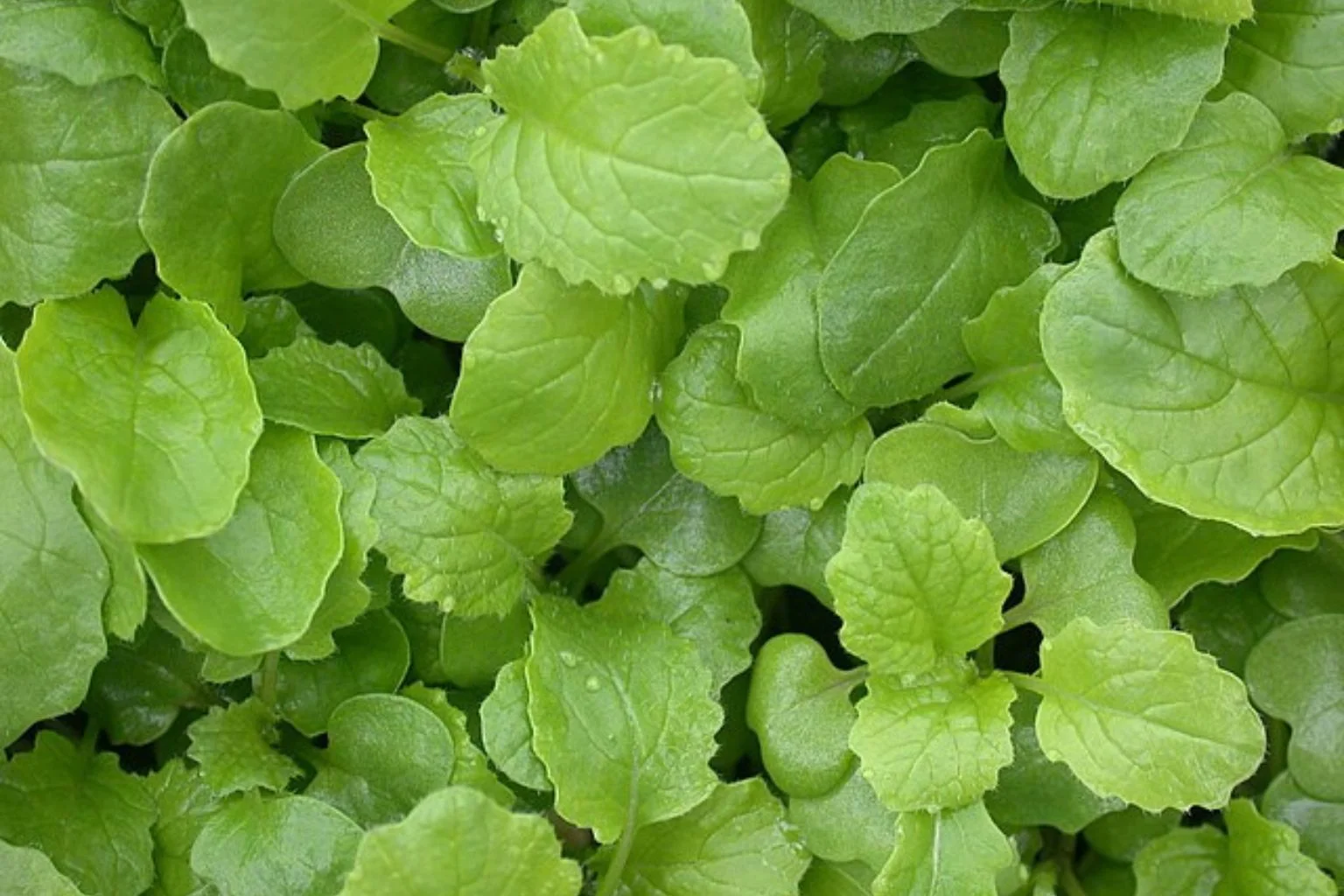
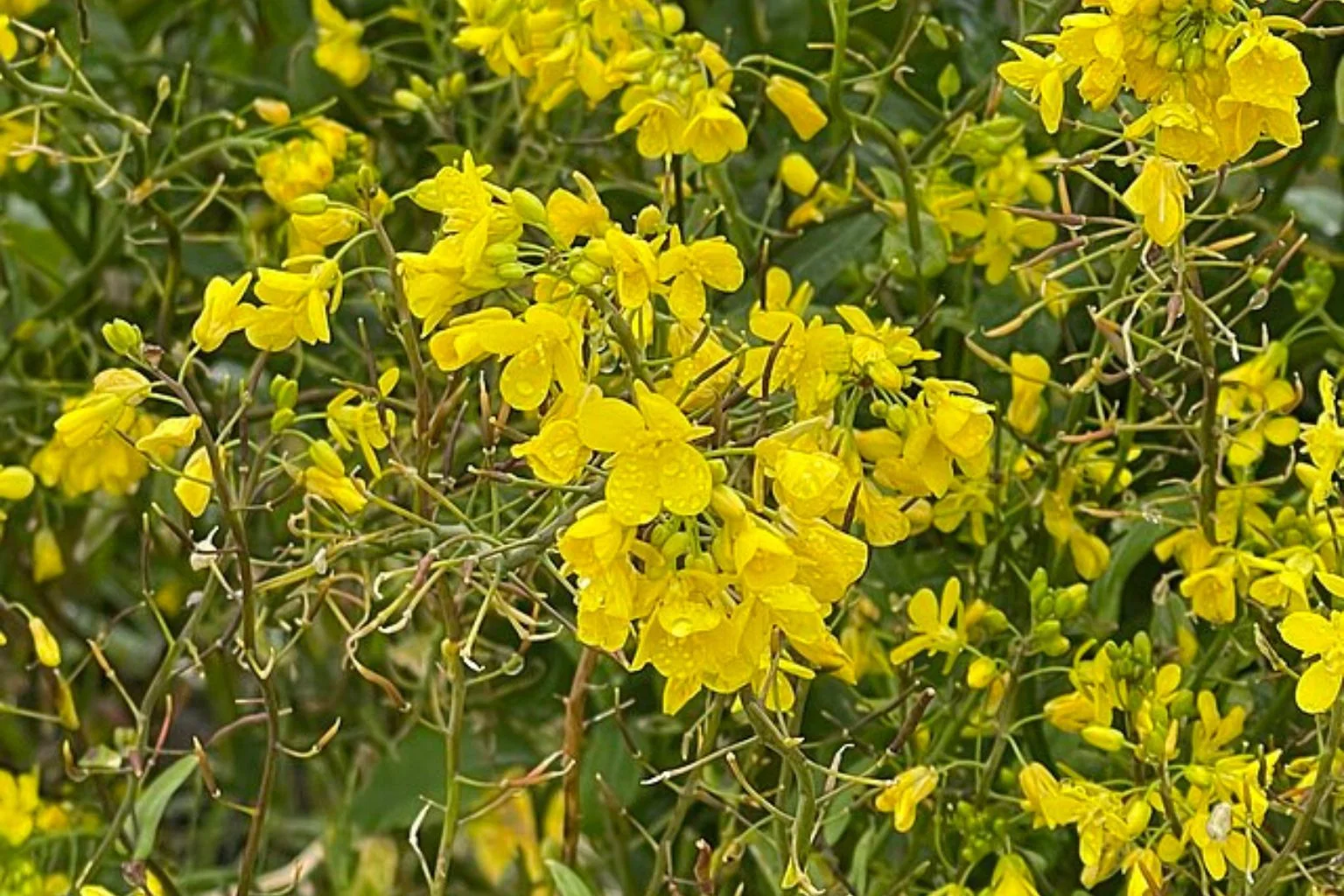
Why Is It A Problem?
How to Identify Wild Turnip
Wild turnip is a fast-growing weed that pops up in gardens, roadsides, paddocks, and crop areas. Once it appears, it can spread quickly and become hard to manage.
Leaves
To begin with, wild turnip leaves are rough and hairy. The lower leaves are large and form a rosette near the base, while the upper leaves are smaller and grow along the stem. These leaves are deeply lobed and can feel a bit prickly to touch.
Flowers
Next, the bright yellow flowers bloom in clusters at the top of the plant. Each flower has four petals and looks a bit like other plants in the mustard family. These flowers are easy to spot and help with quick identification.
Seeds
As the flowers fade, long, thin seed pods appear. These pods hold many small seeds that drop to the ground or spread in the wind. As a result, wild turnip spreads fast and can grow in large numbers.
Stems
The stems are upright, stiff, and can grow quite tall—sometimes over a metre high. They may have a slight purple tinge and feel rough to the touch. When mature, the plant stands out clearly above grass or crops.
Roots
Wild turnip has a thick, fleshy taproot. This strong root stores water and nutrients, which helps the plant survive dry weather and regrow even after cutting.
Growth Habit
Finally, wild turnip grows quickly and in thick patches. It competes with crops and pasture plants for space, light, and nutrients. Because of its rapid growth and high seed count, it’s important to control it early.
Effective Methods
Grow Competitive Crops
One of the best ways to stop wild turnip is by growing strong, dense crops. For example, a thick wheat crop can shade out wild turnip and prevent it from producing seeds. When you plant wheat at the right time and let it grow vigorously, you can reduce wild turnip seed production by up to 96%, even without using herbicides.
Use Pre-Emergent Herbicides
Before planting your main crop, apply a pre-emergent herbicide to kill wild turnip seeds as they start to grow. This helps knock down early weeds and gives your crop a head start. However, be careful if you’re growing brassicas, as wild turnip is related and can be resistant to the same herbicides used for those crops.
Try Delayed Sowing
If you wait a little longer to sow your crop, you give wild turnip seeds time to sprout and be controlled before planting. This allows you to spray or cultivate the area to remove the first flush of weeds, and then plant your crop into cleaner soil.
Rotate Herbicides
Wild turnip can become resistant to some herbicides, so it’s a good idea to rotate them. Avoid using the same chemical every year. Always follow the label instructions and use herbicides only when needed. This helps stop wild turnip from getting used to one type of chemical, ensuring it continues to work.
Hand Remove Small Patches
If you spot small patches of wild turnip, pull them out by hand before they flower and set seeds. Make sure to remove the whole root to stop it from growing back. This method works well for small areas and avoids using chemicals.
Monitor and Act Fast
Check your paddocks and gardens often, especially after rain. Wild turnip seeds can sprout quickly, so it’s important to act fast and remove new plants before they spread. The sooner you remove them, the easier it will be to manage.
Chemical Control Options
Looking for better ways to deal with wild turnip and other common weeds? Explore our Selective Herbicide range—made to target weeds while keeping your lawn safe and healthy.

















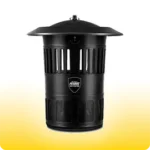 Mosquito Traps
Mosquito Traps